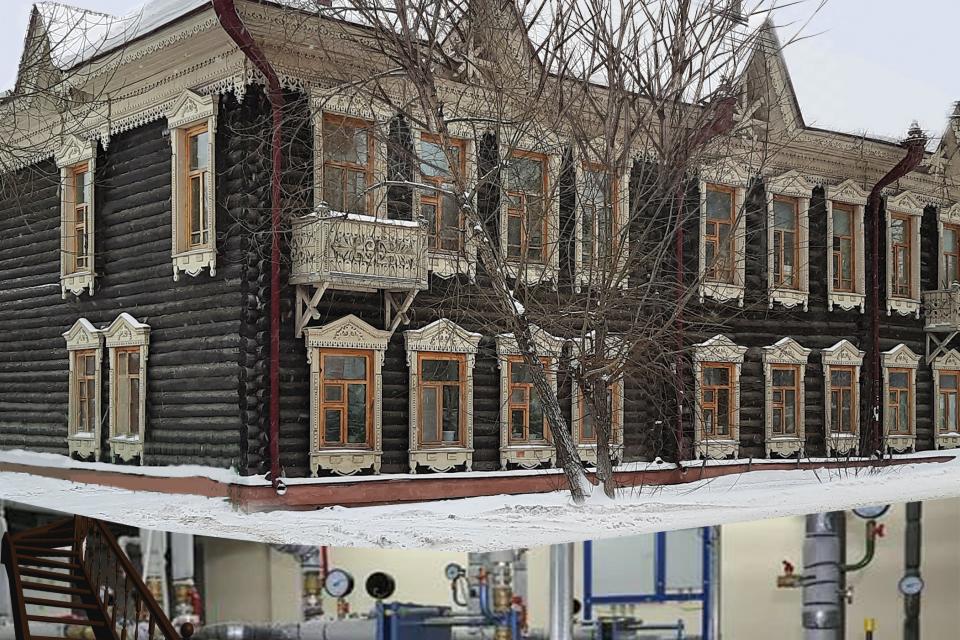Datasets
Standard Dataset
Long-Term Data from the Heat Meters in Residential Buildings Depending on the Outside Temperature and Characteristics of Buildings
- Citation Author(s):
- Submitted by:
- Oleg Stukach
- Last updated:
- Tue, 01/04/2022 - 08:58
- DOI:
- 10.21227/rjke-6040
- Data Format:
- License:
 457 Views
457 Views- Categories:
- Keywords:
Abstract
More than 40% of energy resources are consumed in the residential buildings, and most of the energy is used for heating. Improving the energy efficiency of residential buildings is an urgent problem. The collected data is intended to study a dependence of the dynamics heat energy supply from outside temperature and houses characteristics, such as walls material, year of construction, floors amount, etc. This study will support the development of methods for comparing thermal characteristics of residential buildings and carry out recommendations for the energy efficiency increases.
Dataset "teplo.csv" is a simple text file. Each heating meter forms one daily record. The dataset has been collected during eight heating seasons in
houses of Tomsk (Russia).
All table rows are the following.
Date - date in Windows format.
M1 - the mass of the input water (heat carrier) per day.
M2 - the mass of the output water. If the residential building has an open heating system (hot water flows from the heating system), M2 is less than M1.
Delta_M = difference M2-M1. It is the technological parameter that allows the equipment observation for buildings with the closed system.
T1 - the average temperature of the heating carrier in the input of the heating system. It is the independent variable from home characteristics.
T2 - the average temperature of the heating carrier in the output. It is the dependent variable both from T1 and heating consumption at the building.
Delta_T = difference T2-T1.
Q =M1*(T2-T1) - amount of the consumed heating in Gcal.
USPD - ID of the heating meter. Some residential buildings have not the only one heating meters.
YYYYMM - date in the format year-month YYYYMM.
Registrated - heating or heating plus hot water that under registration.
Scheme - the type of the heating system (opened or closed).
Type - code system-load (4 digits). First digit 1 is opened system, 2 is a closed system. The second digit 0 is heating, 1 is heating and hot water supply. The third and fourth digits are floor amount (01, 02, 03, ..., 17).
Area - the area of building that heating meter is served.
Floors - the amount of building floors.
Walls_material - walls material.
Year_of_construction - the year of building construction.
Area_of_building - total area of the building.
Temperature - outdoor temperature by RosHydromet website.
Inhabitants - the amount of inhabitants in the house.
The Python program "viborka_house.zip" allows you to select from the file "teplo.csv" rows that belongs to the same heating meter USPD. This allows receiving of heat consumption series from a particular house and the outside air temperature in this day. After "viborka.py" starting the user enters the USPD number, names of the input, and output files.








